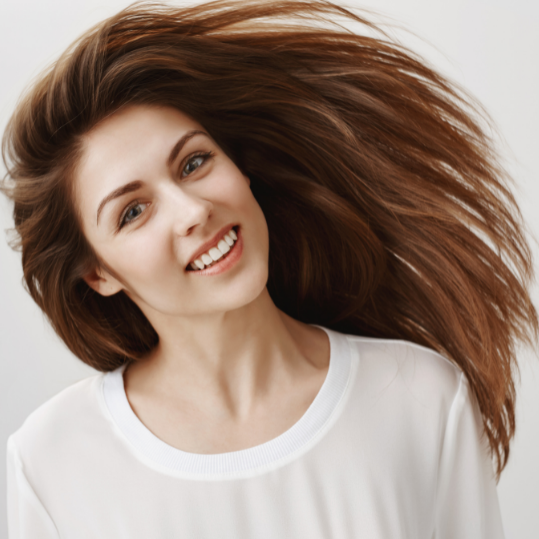Here, at Epiderma, we have board-certified dermatologists who will help you with top tier hair care solutions.

The long or short, thin or thick, frizzy or gorgeous, dull or shiny, coloured or natural, styled or braided, soft or wavy… be it of any kind, hairs are the crowning glory that everyone is possessive and finds it to be part of their identity. Hair oil, shampoo, conditioner, serum, massage, medication, dry fruits are some of the main parts of suggestions or remedies tried by many to keep their gorgeous crown intact and healthy. Before knowing about hair dilemmas, a small note on hair and its growth cycle.

Hair, the outgrowth of the skin is made up of keratin and is formed by a bulb like structure – hair follicle which is present in the middle layer of skin. Hair grows all over the body but presented with different thickness, colour and texture. Infants are born with fine and slender hairs called lanugo which fall off after few days of birth. Then infants have smooth fine and unpigmented hairs called vellus. At puberty, the hairs present in armpit, genital region become more pigmented and coarser. In boys, beard, hair in chest area and in limbs develop representing secondary sexual characters.
Hair, similar to skin cells, continuously grow and shed, having its own growth cycle. Hair in each hair follicle has a group of dividing cells at the base which gets pushed upwards. In the process, it gets keratinized and pigmented. The growth cycle of hair has 3 stages – active growth phase (Anagen), transition phase (catagen) and resting phase (telogen). Each growth phases lasts for different time duration. Anagen is 2-6 years long followed by catagen of 2-3 weeks whereas telogen is approximately 100 days. Each hair follicle follows the growth phase independently where average life of hair varies between 3-5 years on a average.
Many factors influence the hair growth cycle such as person’s health, pollution exposure, diet, hair care, medication, hormone, cleansing, living style, stress, hormonal etc… The commonly encountered different hair disorders are as follows –

Epiderma Clinic offer the most advanced and comprehensive skin and Hair care solutions to maximize the look and feel of your skin and hair.
1254/46, 41st cross, 25th A Main Rd, Mallathahalli, Jayanagara 9th Block, Bengaluru, Karnataka 560056.
Clinic Timings
Monday – Saturday: 10:30 AM – 8:30 PM
Sunday: 11:30 AM – 6:30 PM
WhatsApp us